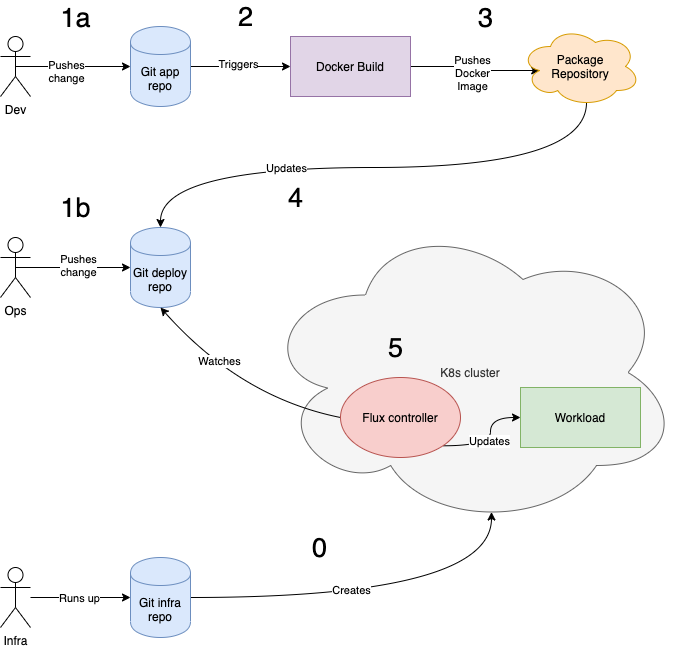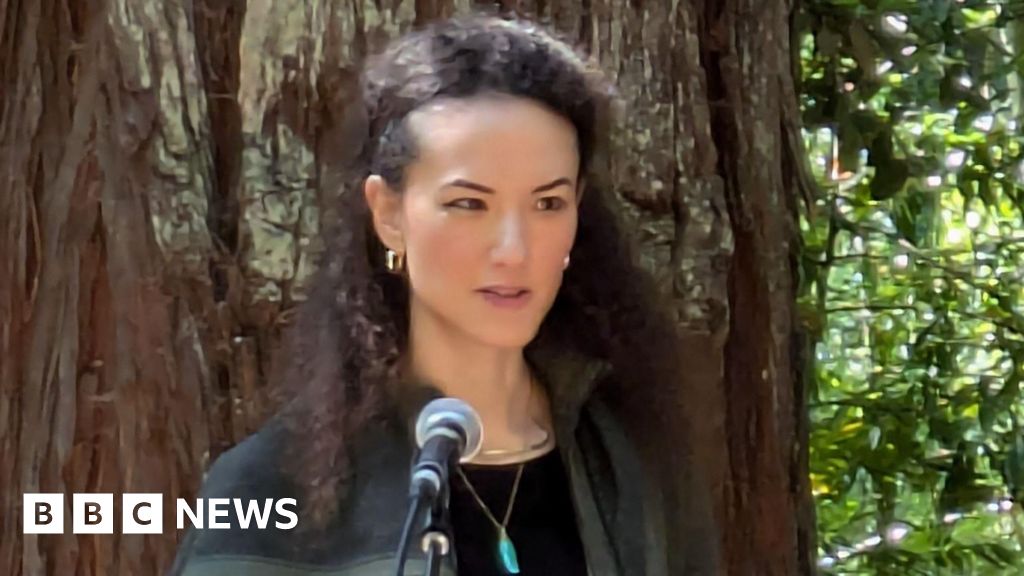
The Great Conjunction | Azimuth
Near the end of December 2020, I saw Jupiter and Saturn very close in the sky just after sunset. I didn’t know this was called a great conjunction. The next one will happen in November 2040. And it will happen in a very different part of the sky: close to 120° away.
This is how it always works. People have known this for millennia. They just forgot to teach me about it in school. The time between great conjunctions is always roughly 20 years, and if you keep track of them, each one is roughly 120° to the east of the last. Thus, they trace out enormous equilateral triangles in the sky.
Almost equilateral. These triangles drift slightly over time! This picture, drawn by Johannes Kepler in 1606, shows how it works:
After three great conjunctions, 60 years later, we get back to a great conjunction in almost the same place in the sky, but it’s shifted east by roughly 7¼ degrees.
Kepler was not just an astronomer: he earned money working as an astrologer. Astrologers divide the sky into 12 zones called houses of the zodiac. These 12 houses are divided into 4 groups of 3 called triplicities. Successive great conjunctions usually loop around between 3 corners of a triplicity—but due to the gradual drifting they eventually move on to the next triplicity.




















